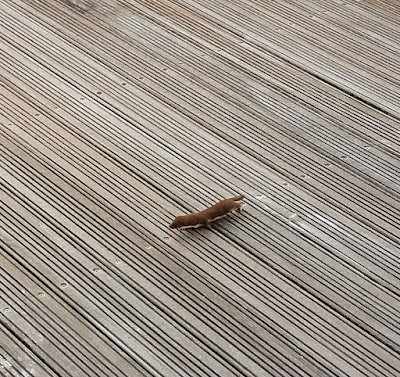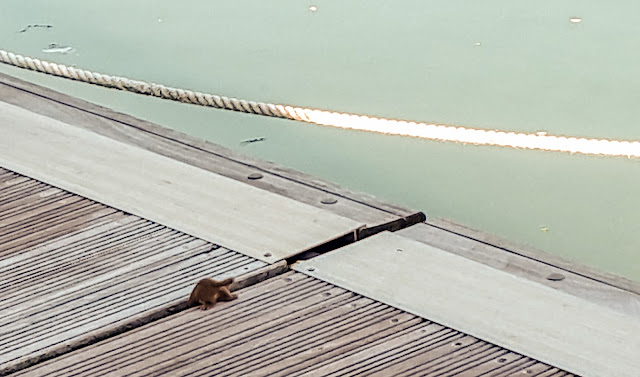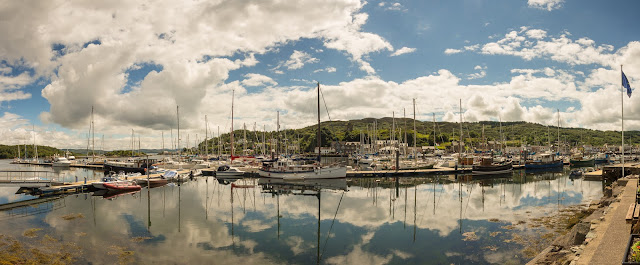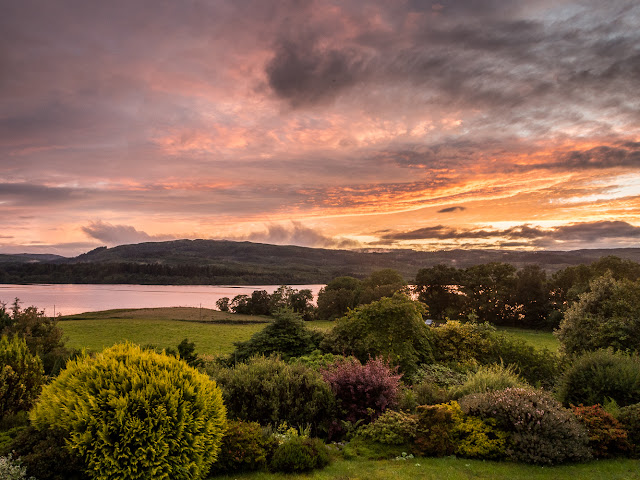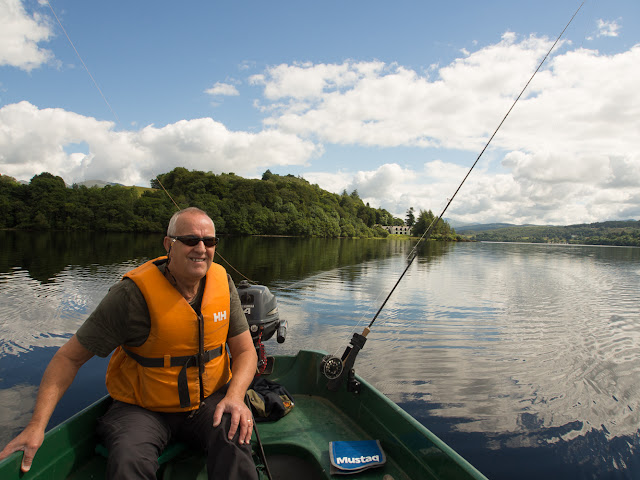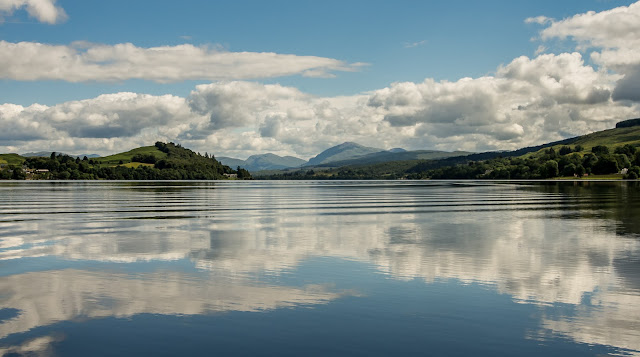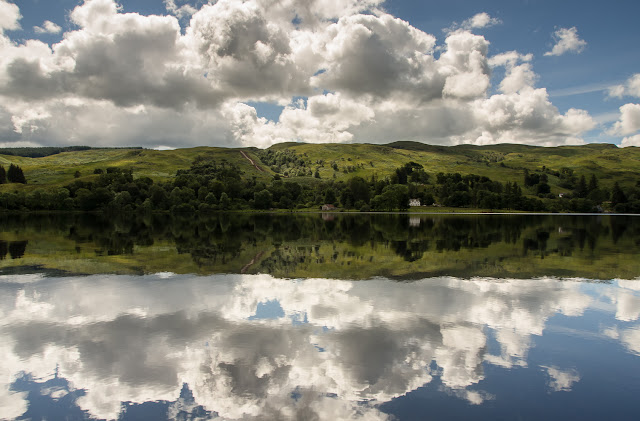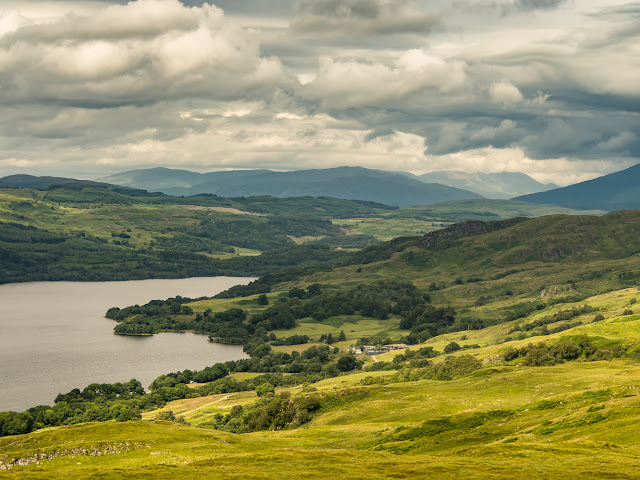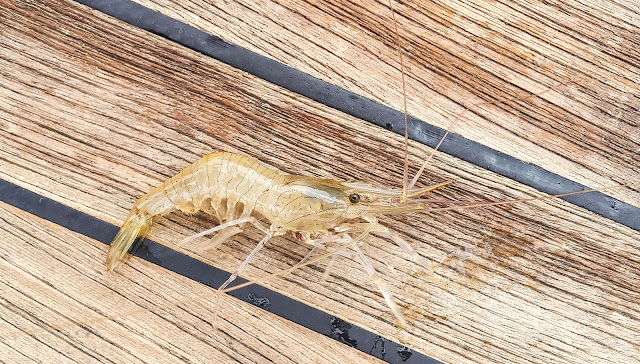 |
Replacing a perished fuel return hose |
Almost nine months after we moved on board, Ravensdale is hopefully seaworthy.
All the problems flagged up by our diesel engine course have now been rectified.
And we are so glad we delayed taking her out to
sea until after John Parlane, of Morecambe-based Bay Sea School, came to our
boat in Maryport Marina, Cumbria, to do the RYA course with us.All the problems flagged up by our diesel engine course have now been rectified.
While teaching us how her two 300hp Volvo Penta diesel
engines work and how to maintain them, he spotted a number of things that
needed correcting before she left the marina.
We also discovered we didn’t have the tools we needed to
work on our engines as Phil’s tools were AF imperial and useless on a
Dutch-built boat where all the nuts and bolts are metric.
We went out and bought new tools and immediately ordered
the necessary engine parts.
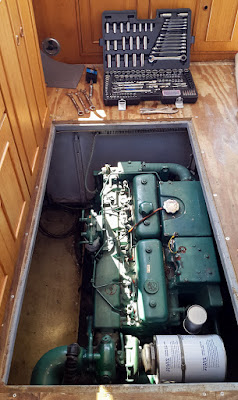 |
One of Ravensdale's engines |
These started to arrive on Wednesday and Phil has spent every
day since in the engine room fitting the various parts and dealing with another
problem, which occurred while he was working down there.
I did offer my services in the engine room, seeing as how
I also have a certificate proving that I successfully completed the RYA Diesel
Engine Course, but he said he was happy to do it, if I would hand him the
relevant tools.
I can’t help thinking I got the best end of the deal and
I certainly wasn’t complaining as I now know just how cramped and uncomfortable
working down there can be.
Initially, we were going to wait until we had all the
parts to get it all done in one go.
It was a good plan, but like all good plans it didn’t
work :-(
In the meantime, Ravensdale’s hull and topside were given
a thorough clean to remove the dirt that was beginning to build up since she
has been back in the water.
 |
Cleaning Ravensdale's starboard side |
 |
Cracks in the perished fuel hose |
And we made sure that everyone who has commented on the
fact we have not taken her out to sea yet was aware that she does move – even if
it was a case of using ropes to pull her over to the neighbouring pontoon to
enable us to clean her starboard side J
New drive belts for the alternator and water pump on the
starboard engine arrived on Tuesday and we collected a new fuel return hose for
the same engine from Forth Engineering in Maryport on Wednesday morning.
We thought we now had everything we needed to get on with the task in hand.
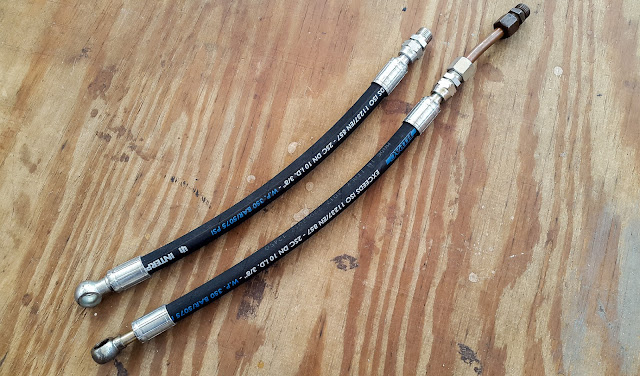 |
The replacement return fuel hose and a spare |
As soon as we got back from Forth Engineering, Phil
donned his coveralls and we lifted the floor of the saloon to provide access to
the engines from above.
He quickly replaced the perished fuel return hose and
removed the worn drive belts.
Then we discovered we had a problem.
The part numbers on
the old drive belts, which come in pairs, were not the correct ones for our
engines, so the supplier gave us the correct numbers, or so we thought, and we
ordered the ones they recommended.
The water pump belts fitted perfectly. However, the
alternator drive belts were much too long.
A quick call to the supplier revealed that there were two
types of alternator fitted to these engines, with the ones requiring the longer
belts being the more common of the two. They therefore assumed these would be
the ones we needed, but it seems this was not the case.
The company immediately sent out the correct belts, which
arrived yesterday, and the wrong belts have been returned.
Meanwhile, Phil fitted the water pump drive belts on
Wednesday and tightened some loose connectors on the battery terminals, then had
to give up until the replacement belts arrived.
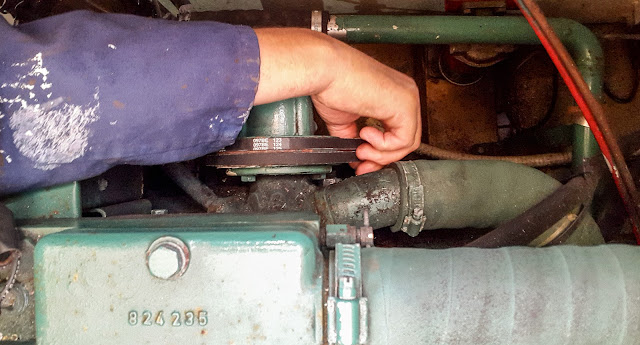 |
Removing the old water pump drive belts |
Soon after he had emerged from the engine room and we put
the floor back, restoring a bit of normality to our sitting room, I tried to
run some water to make a coffee. A small amount of water came out of the tap
then it spluttered and stopped.
We tried running water a few more times without success,
then Phil went back down into the engine room (via the opening under the steps
to the aft cabin to save lifting the floor again) to see if he could find out
what had gone wrong.
And he discovered that, while working on the starboard
engine, he had knocked the pipe off the domestic water pump and it was pumping water out
into the bilges instead of through the taps.
We turned the pump off and he tried to sort it, but the
pipe to which it had been attached was split and was not long enough to cut
back so would need replacing.
We spent another night without running water, making do
with a jerry can full of water filled from the tap on the pontoon.
And, as if to add insult to injury, it started pouring
with rain at the same time.
For some reason, whenever we're without running water on
board, it starts falling out of the sky J
While trying to sort the water problem, Phil discovered
that, within a four-foot length, there were three separate hoses connected
together with copper tubing and associated jubilee clips for no apparent reason.
He decided they would be better replaced with one
length of hose so, on Thursday morning, we headed off to Forth Engineering
again to buy a suitable replacement and some new stainless steel jubilee clips
to fix it in place.
On our return, we lifted the floor again so he could get
into the engine room to carry out the work and restore our water supply.
 |
Changing the water pipe |
 |
The new impellers and extraction tool |
He also fitted new water pump impellers to both engines
after discovering they had not been changed or checked when we had the engines services in
December of last year. It was obvious that this was the case as the screws
holding the covers in place had been painted over some time ago and
had not been removed since.
Removing the old impellers, which are a series of vanes
moulded around a hub, proved a difficult task as the removal tool we had bought did not fit the old impellers. Replacing them with the new
ones was even more difficult.
But, after a bit of experimenting, Phil found a way of
doing it much more easily.
He tightened a cable tie around the vanes before
inserting the impeller into the housing, cutting them off when it was half way in. He was
then able to push it in the rest of the way.
He also refilled the greaser for the stern glands, which
keep the propeller shafts watertight.
 |
Refilling the stern gland greaser |
And we've started collecting up all the spares we need to carry in case we have a problem at sea.
So Ravensdale is now seaworthy, or at least we've done everything
we can do to make her as seaworthy as possible.
All we need now is some good weather to coincide with the
tides so the marina gate will be open at a time when we want to take her
out into the Solway Firth.
We've also sorted through all Phil’s old tools and
managed to find some that could go to make room for the new ones as
space is finite when you live on a boat.
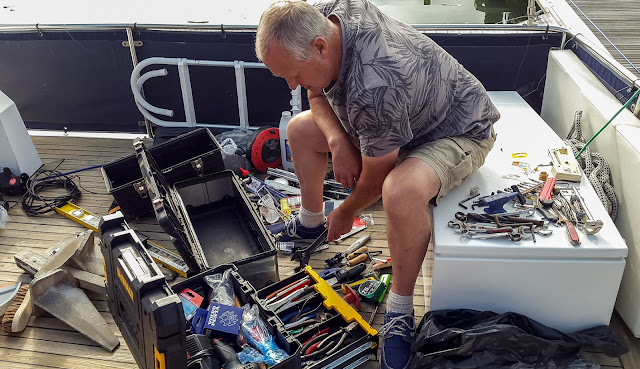 |
Sorting through our old tools |
 |
Grey mullet swimming around in the marina |
On the wildlife front, we've been watching the grey
mullet swimming around in the marina, some of which are getting quite big now.
But they didn’t seem interested in the bread we threw into
the water to try to attract them to the surface to have their photographs
taken.
 |
Swans - but no cygnets |
And a pair of swans continues to pay regular visits to the marina, but
without any cygnets.
We are not sure whether this is the same pair that brought
three cygnets into the marina last month. Hopefully not as this would mean that
they've lost their young.
 |
One of the many beautiful sunsets we have enjoyed lately |










